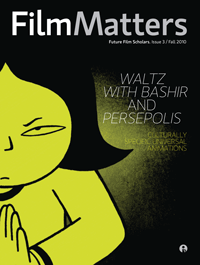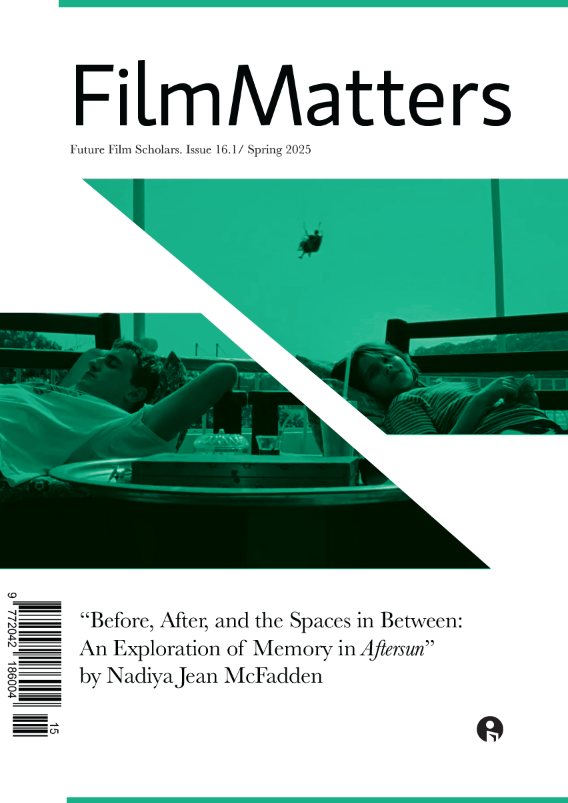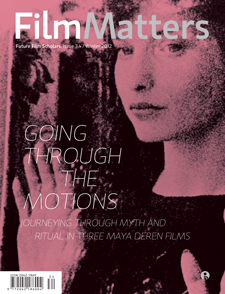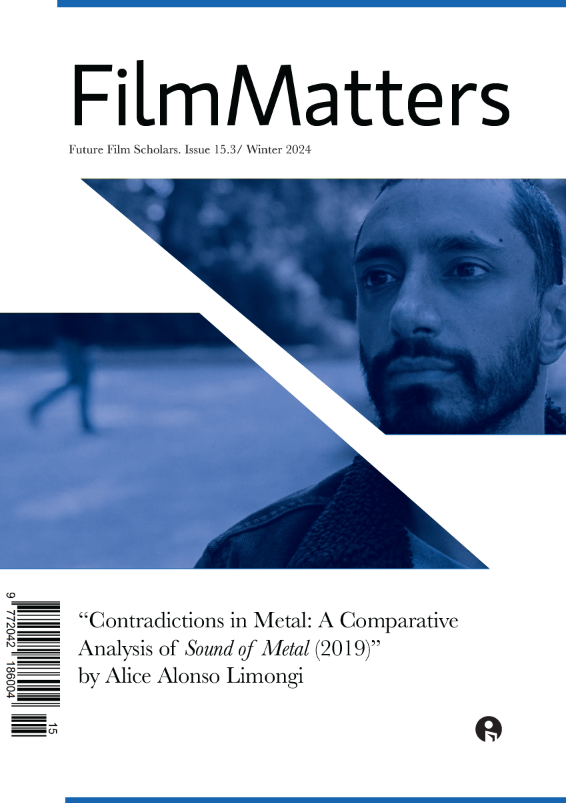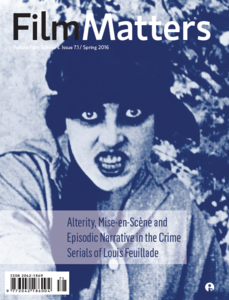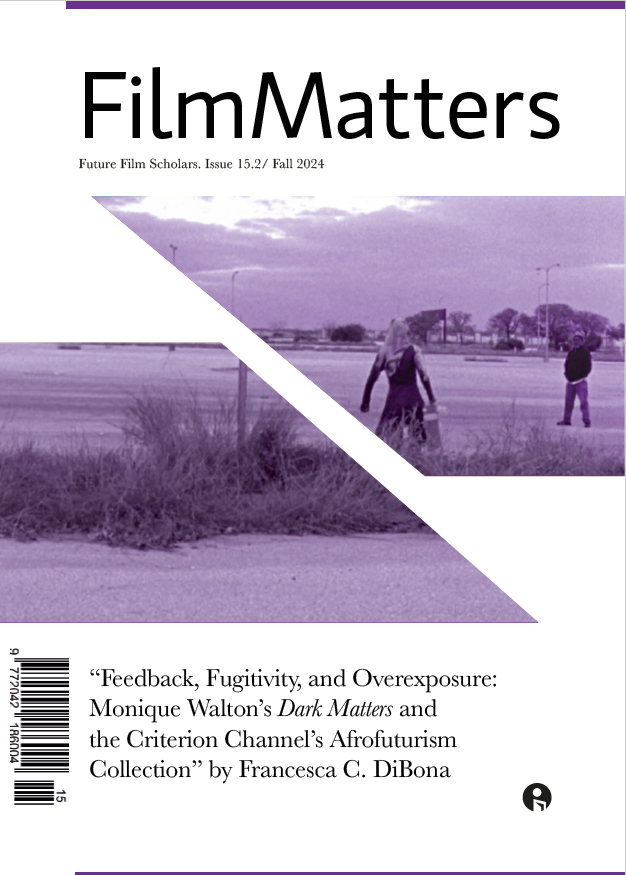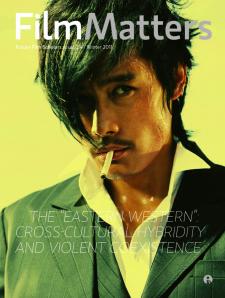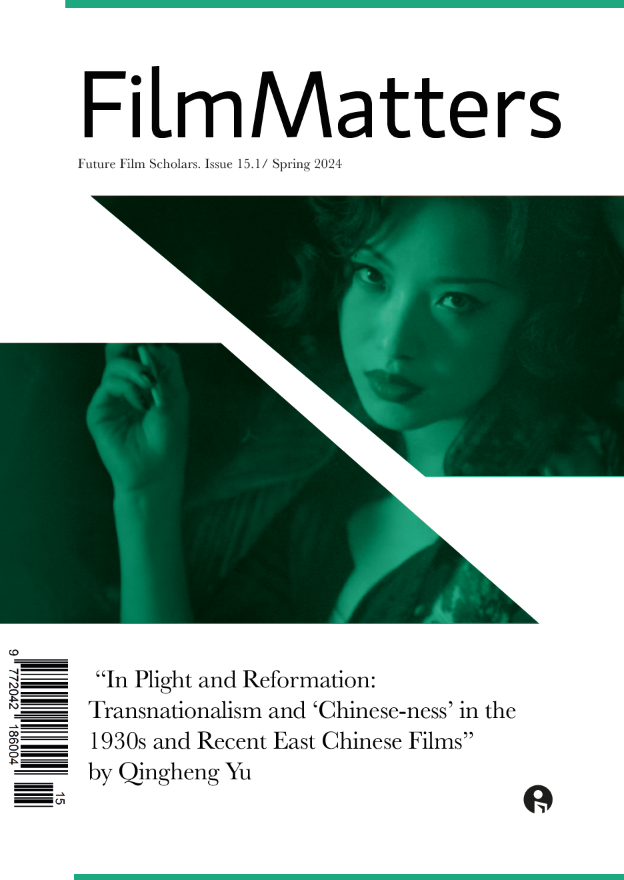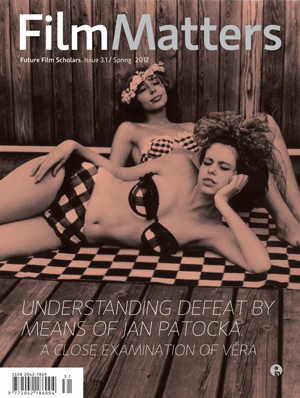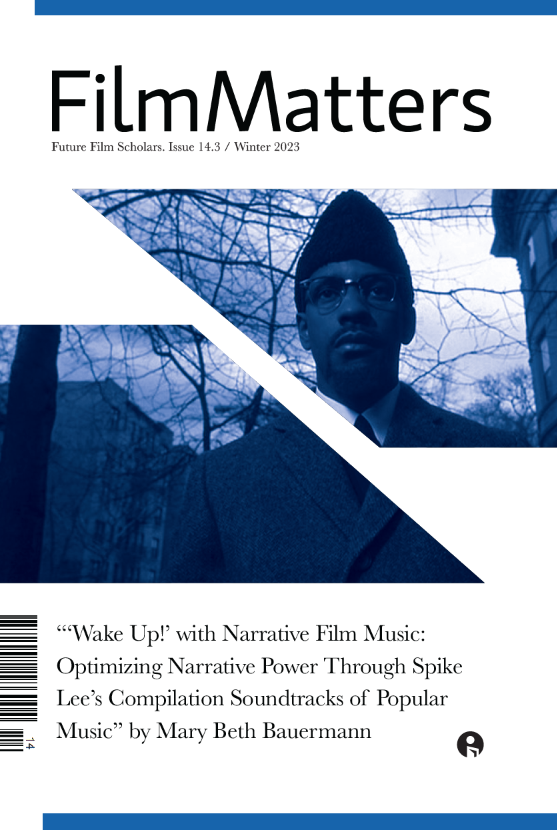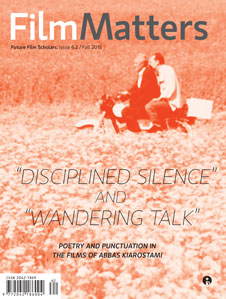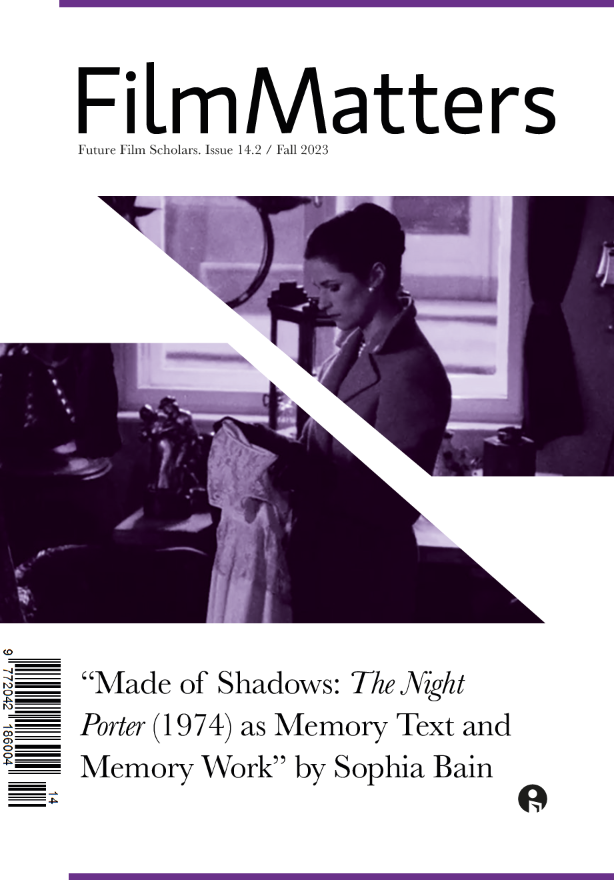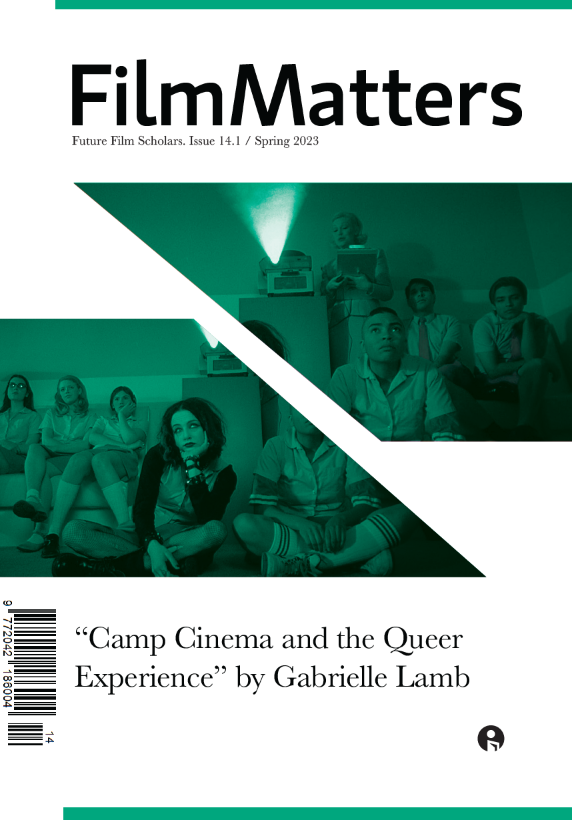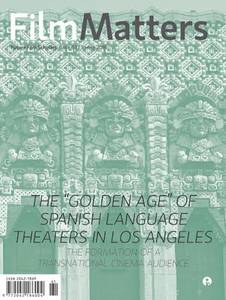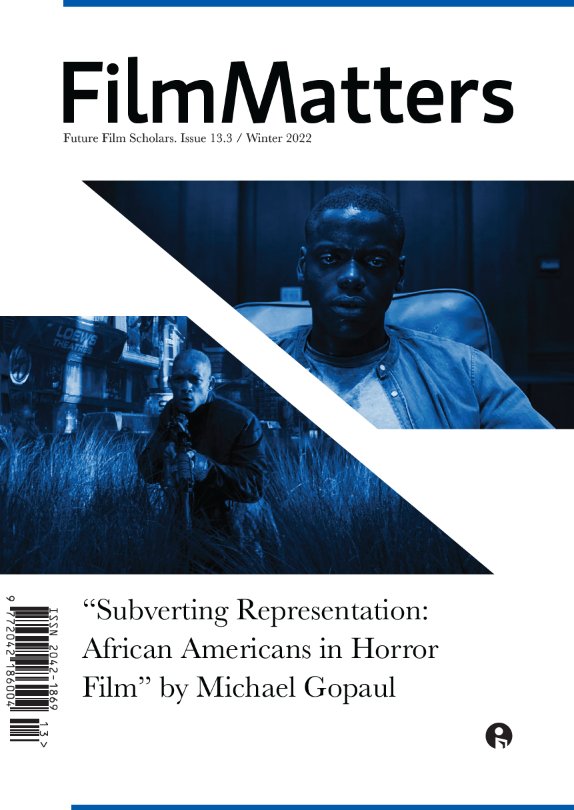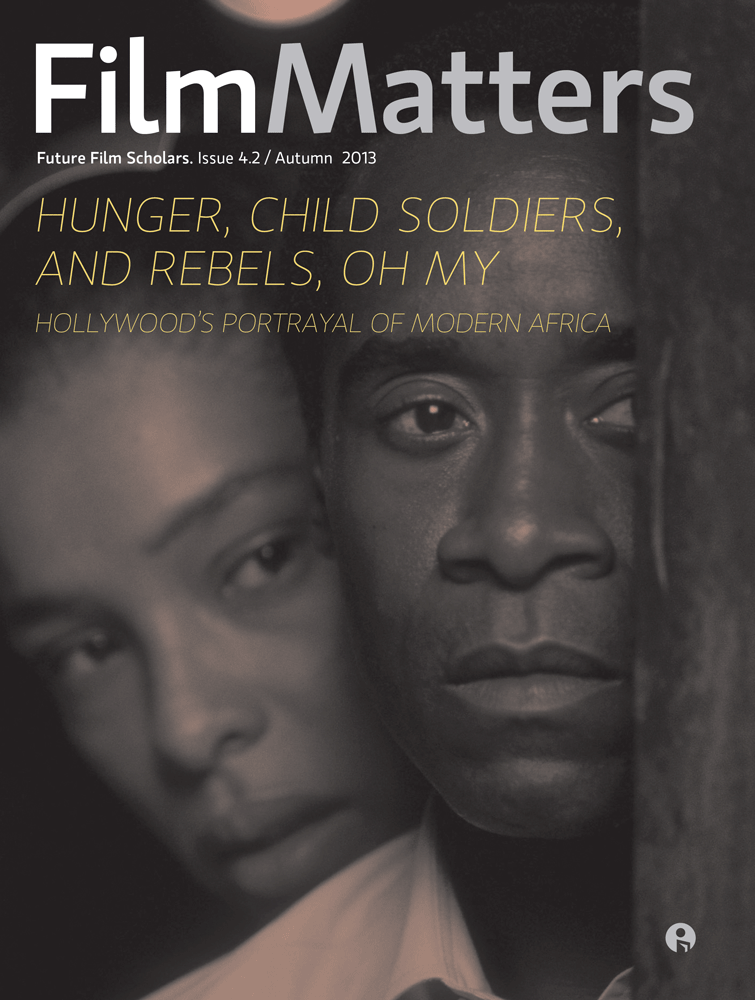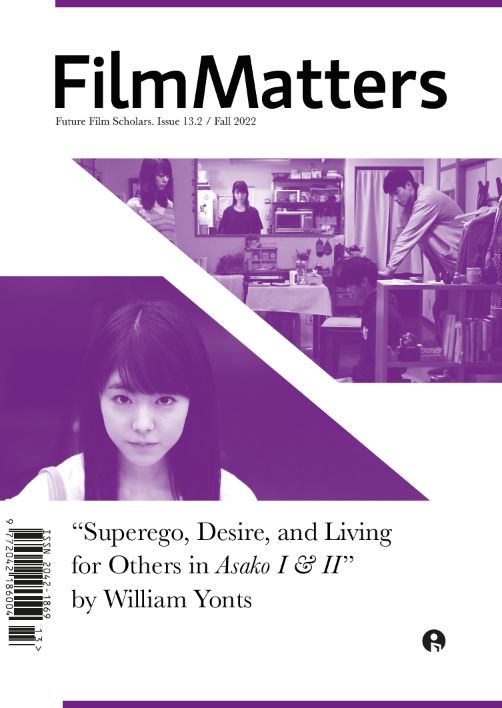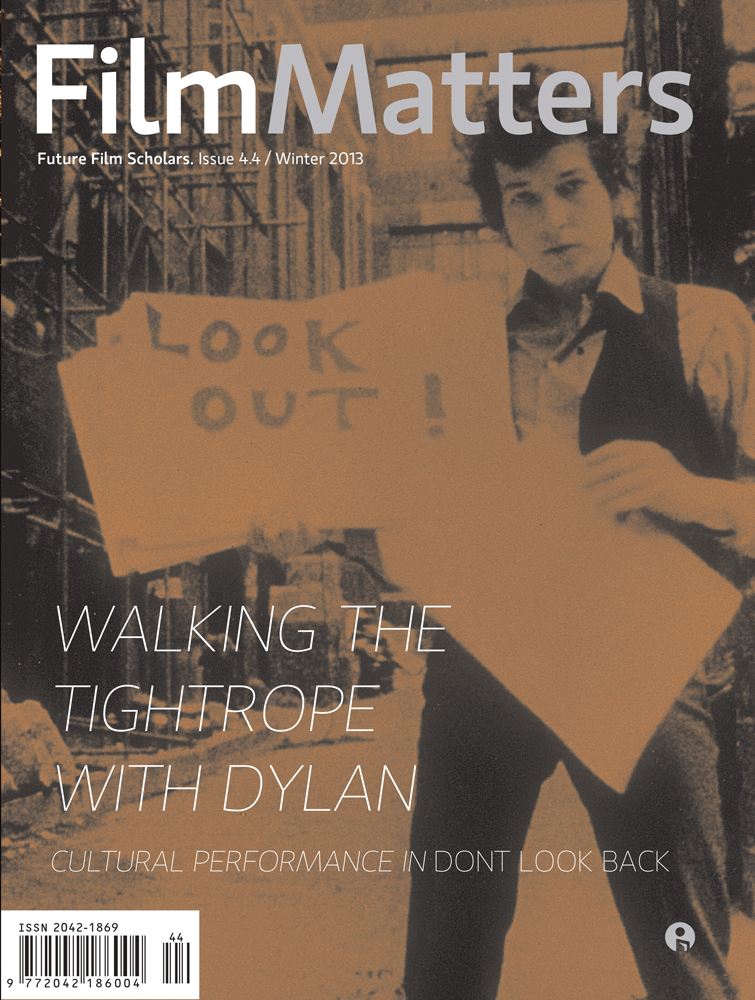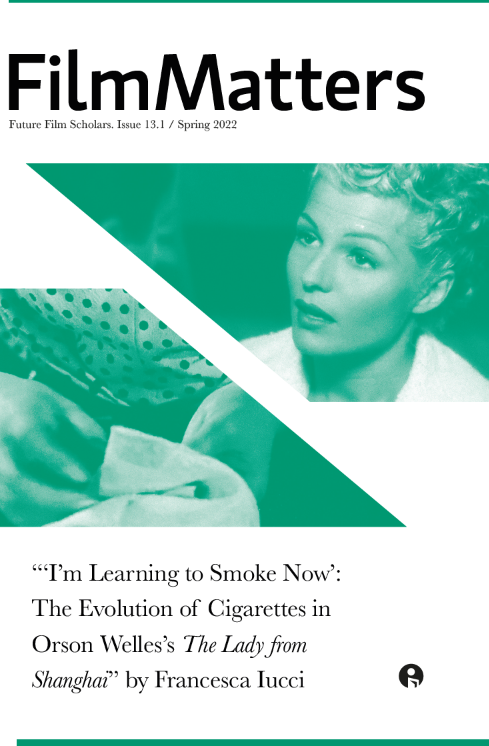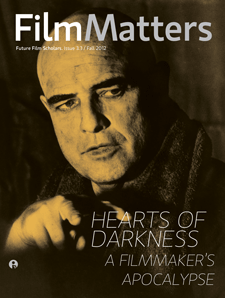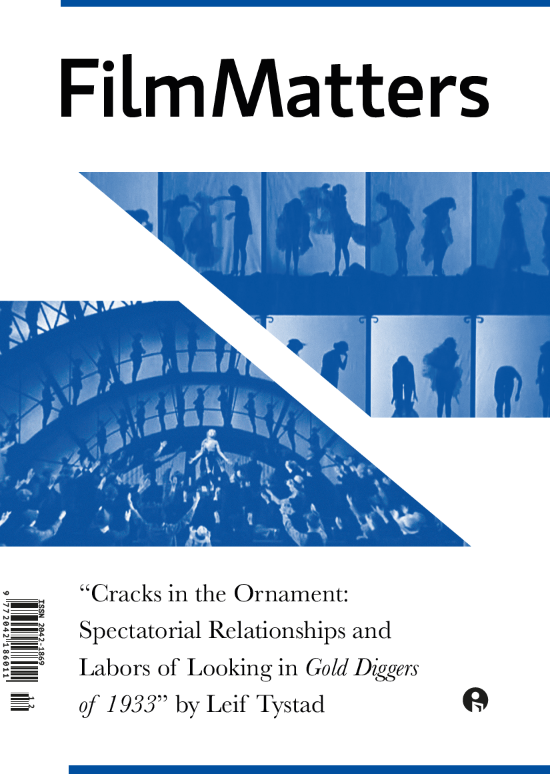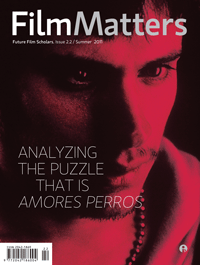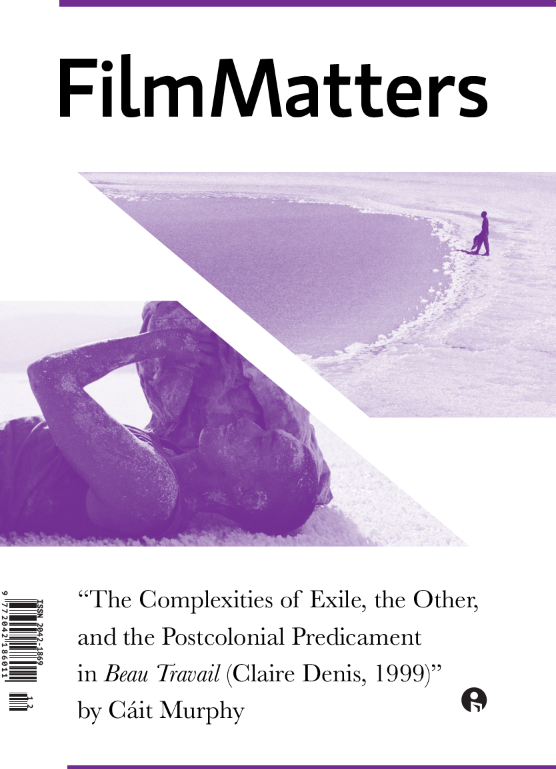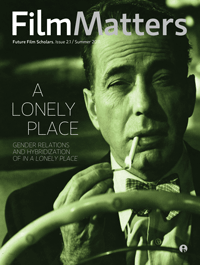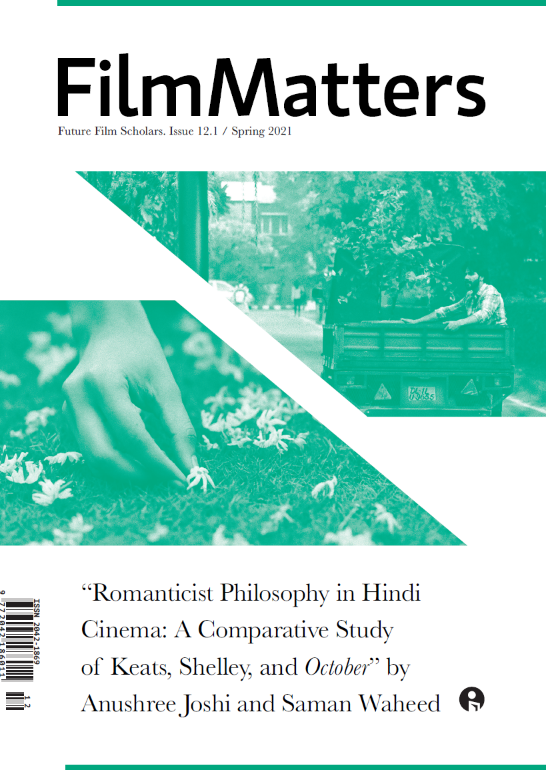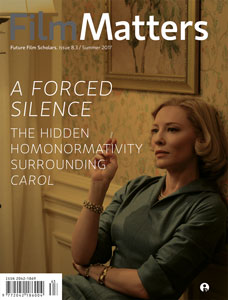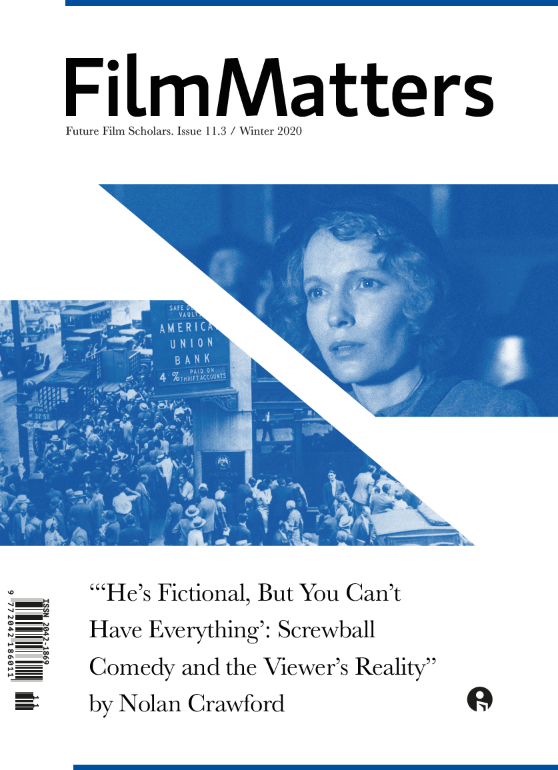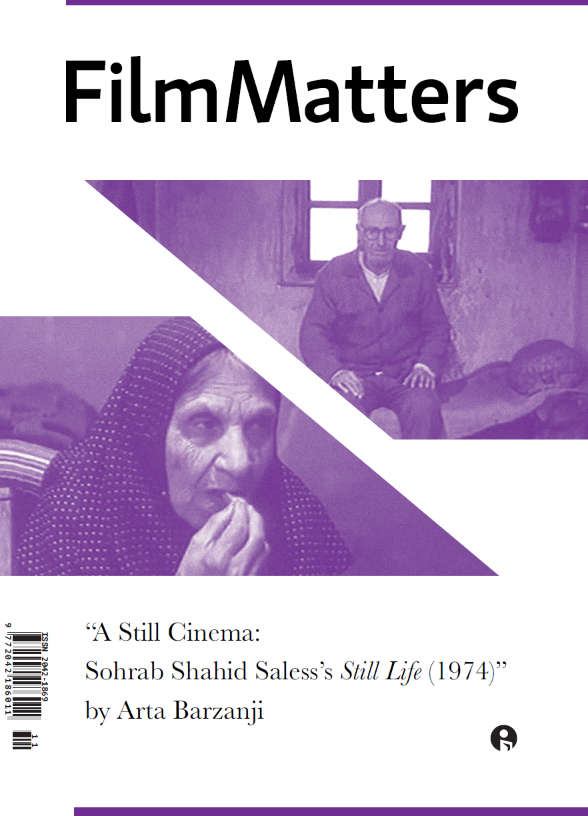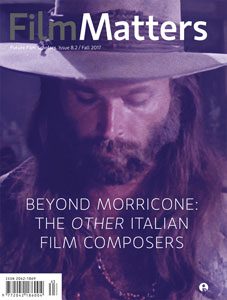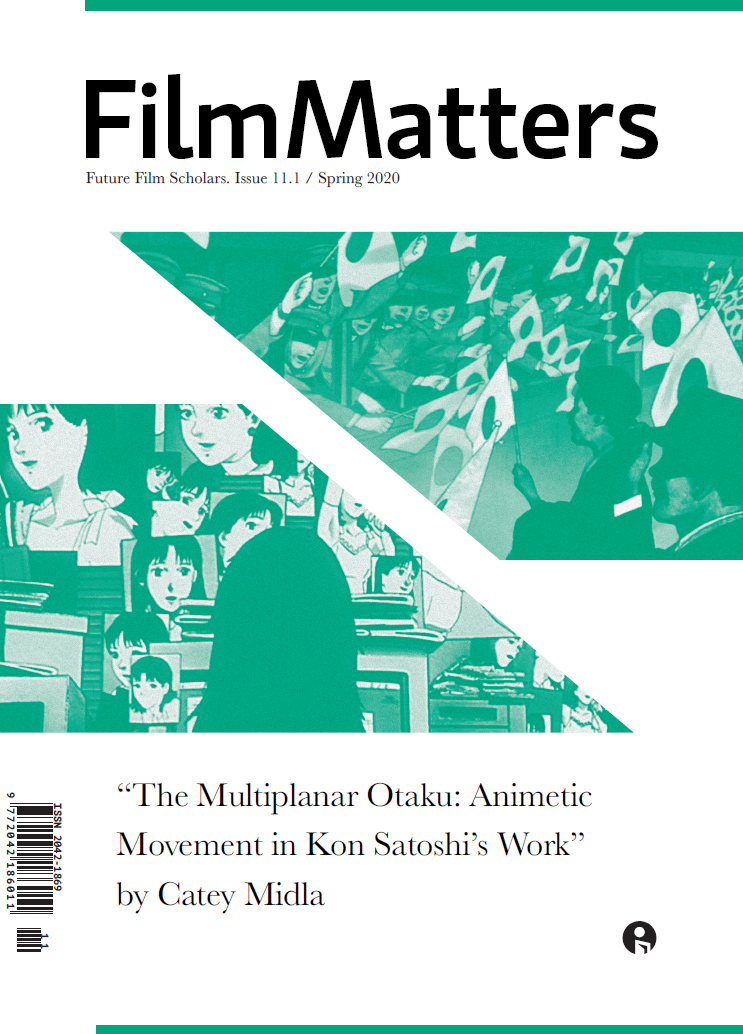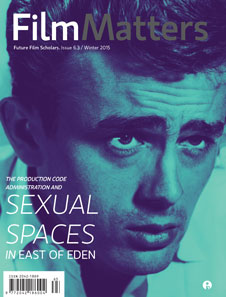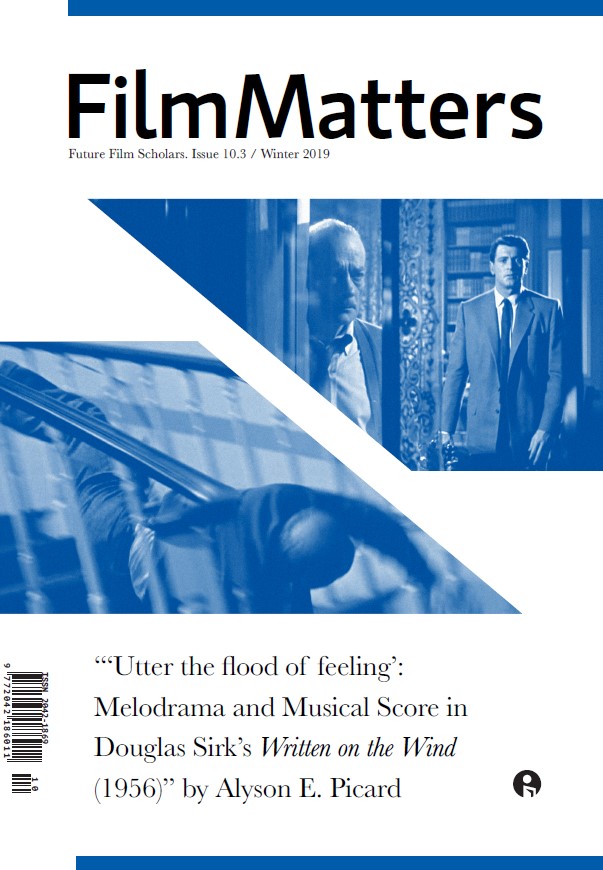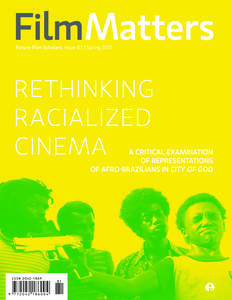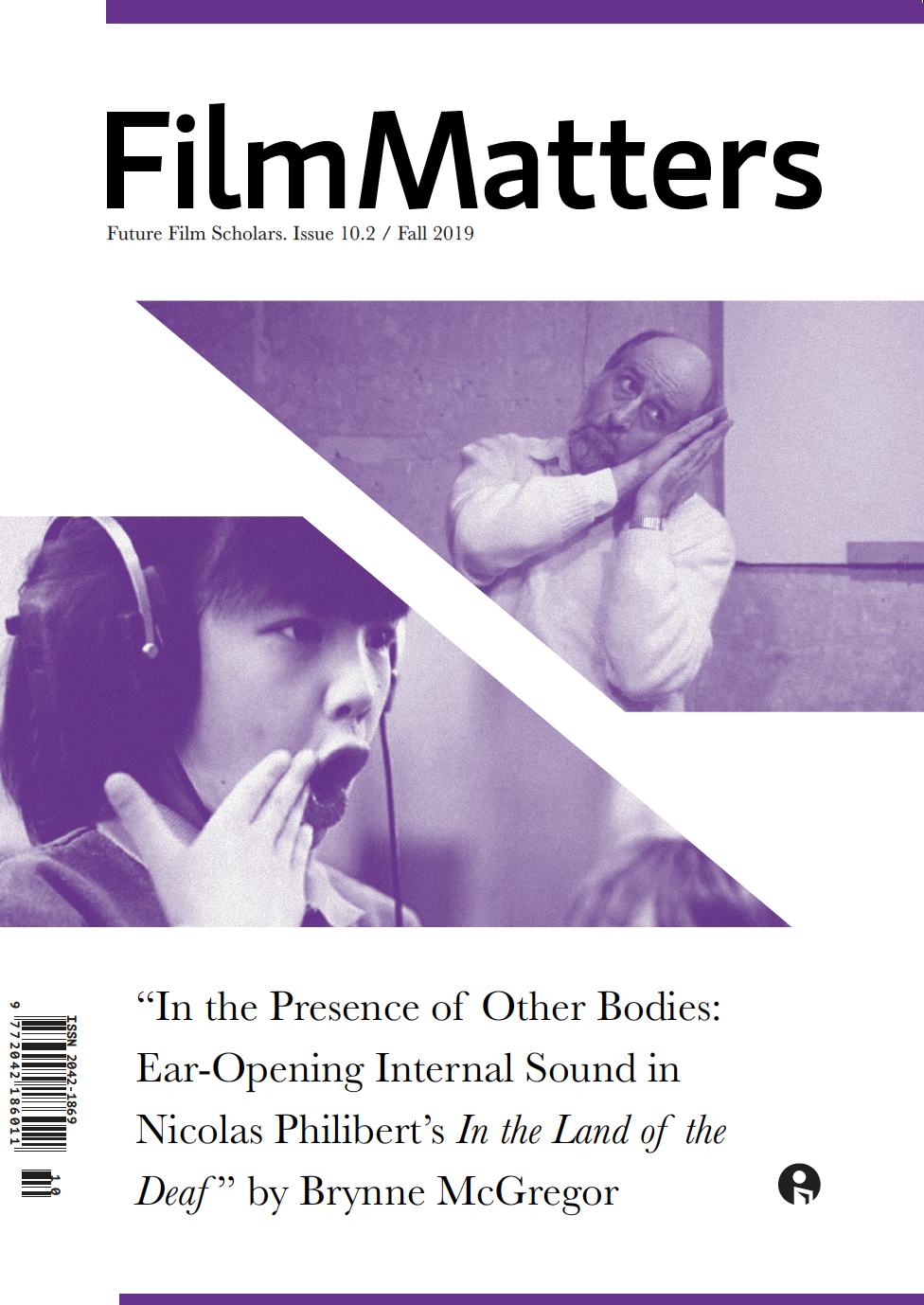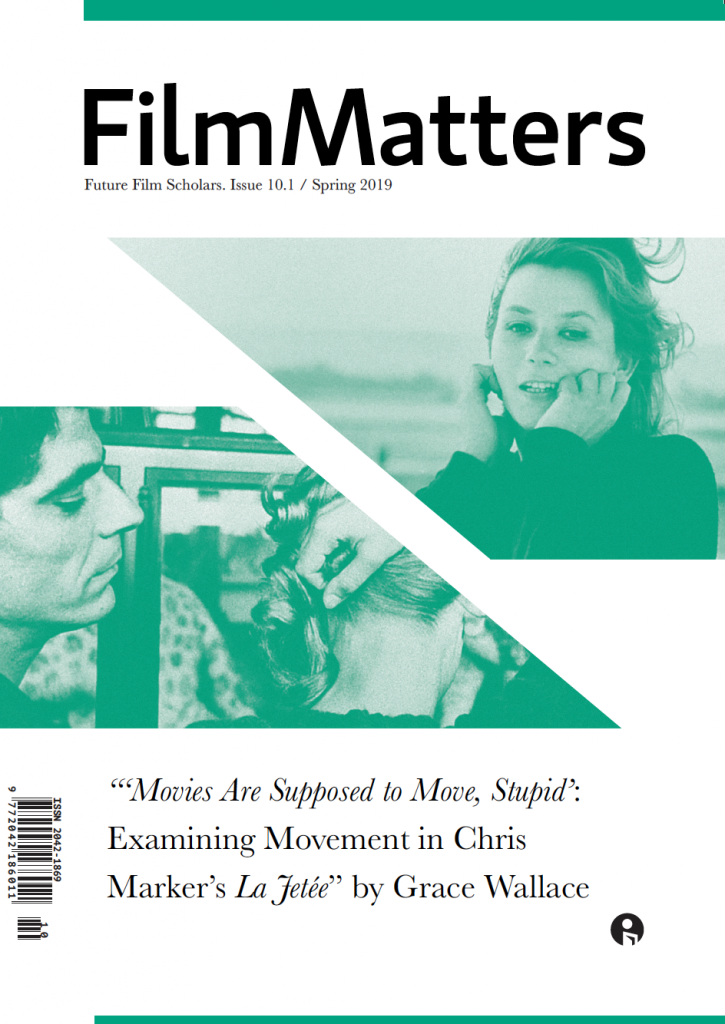For many, the study of avant-garde film is an intimidating and hard-to-navigate field. When it comes to this kind of cinema, it’s easy to feel out of your depth, but that doesn’t mean there isn’t much beauty to discover and be had if one is willing to look closer. Professor Mirian Tavares is one those people who has taken a closer look. Focusing on avant-garde cinema from the 1920s-1990s, Professor Tavares has a deep understanding of this cinema as well as other topics. I was lucky enough to be able to ask her some questions about her work with film as well as her more recent publications.
Holley Anne Brabble: Please tell me about your work with avant-garde cinema.
Mirian Tavares: I began working with the historical avant-garde during my doctoral studies. My thesis was dedicated to Luis Buñuel’s early films (Un Chien Andalou, L’Age d’Or, and Las Hurdes), relating them to the Spanish avant-garde (Generation of ’27) and the French avant-garde. My thesis was later turned into a book, in which I analyze all the avant-garde movements in their relationship with cinema.
HAB: What draws you to films from the 1920s-1990s, particularly?
MT: For me, the films of the 1920s had the freshness of novelty, a thousand possibilities for experimentation, and a grammar that was not yet completely consolidated. Between the 1930s and the 1950s, the heyday of American cinema, there was a sophistication in the dialogue and a rather obsessive concern with the morphological aspects of the films that enchanted me. In this respect, they also innovated a lot, despite the “prison” of an industrial model. On the other hand, in the 1950s, new cinematographies were flourishing that would change our relationship with cinema and that would also influence the industrial grammar, promoting significant ruptures. At the end of the 1950s, we saw the emergence of modern American cinema and the emergence of new directors who became key figures in the years that followed. In the 1990s, we find a youth cinema, made with the same sophistication as other cinematographies. In this decade, we still have the prevalence of directors as the most important figures in the film, echoes of the French auteur theory.
HAB: How has avant-garde cinema evolved over that time period?
MT: I divide what I call cinema from avant-gardes and avant-garde cinema. In the former, artists used the medium of cinema as a tool to expand on plastic issues derived from their work as visual artists. Even though figures such as Eisenstein or even the exponents of German expressionist cinema appeared at the time, there was always a very strong link to the issues that the movements themselves, whether Russian constructivism or expressionism, had already brought up. Although filmmakers like Maya Deren or even artists from the new cinematographies continued the cinema of the avant-garde, in the 1950s in the United States we saw the emergence of a cinema that was just as experimental as that of the avant-garde, but made with the medium of cinema itself and its materiality in mind, for example, with the films of Stan Brakhage. As Buñuel said about cinema a few years after his first experiments, cinema could have chosen another path, but it preferred the orthodoxy of a classical grammar organized in a system of genres. From the 1960s to the 1990s, we will occasionally find directors like Godard, Antonioni, Jonas Mekas, or Hans-Jürgen Syberberg, to name but a few, who made a cinema of rupture and experimentation that went against the grain of industrial cinema.
HAB: Pivoting slightly, your recent publications involve online gaming communities and hate speech—what are your findings in this area?
MT: I’ve been working with digital media art, especially with regard to the aesthetics of digital or computer art. Through a European project, in which I participated together with colleagues from Italy, France, and Germany, I began to take an interest in the issues of hate speech that flourishes in video games. This involves the lack of media literacy of most gamers. Then I started supervising the thesis of a student, Susana Mendes da Silva, who decided to delve deeper into this issue, and, through her and her research, I found myself involved in these questions.
HAB: Can social media platforms learn anything from these online gaming communities?
MT: I believe that both would benefit from effective media literacy programs. Literacy, a subject that has always interested me (I was a consultant for a film literacy project developed by the British Film Institute a few years ago), is essential when it comes to dealing with digital platforms, whether they are games or other categories, such as social networks, for example.
HAB: Does the study of video games dovetail with avant-garde cinema?
MT: I never really delved into the semantics and morphology of video games. My concern, when studying this medium, was more centered on literacy, or the lack of it, which means that hate speech continues to spread. I think it would be possible to think of a more experimental and artistic structure in some video games. But I think the majority prefer, like cinema audiences in general, the old structure that still comes from Aristotle’s Poetics, with well-defined parts and a structure that repeats itself, even if the settings, motifs, or animation change.
HAB: You have mentored an impressive number of graduate students—how does mentoring impact your own teaching and research?
MT: For me, each supervision is a great learning experience. As I work in a broader field of research than just visual arts, cinema, and media—as well as the aesthetic and poetic issues related to them—I encounter very diverse profiles. In every project I supervise, I try to delve deeply, together with the student, into the topics so that I can help them build knowledge, which is what we are meant to do at universities.
HAB: What’s next for you?
MT: One of the topics that interests me most at the moment is the question of aesthetics in contemporary times. How can we work with concepts that have fallen into disuse since the emergence of the historical avant-gardes, in an art that, since the 1960s, has continuously challenged our ability to find a clear answer to the question: what is art? I am particularly interested in reexamining eighteenth-century German aesthetics—especially the work of Baumgarten—in order to construct a more nuanced and adequate line of thought for contemporary art in general, and digital art in particular.
Author Biography
Holley Anne Brabble is a fourth-year student at the University of North Carolina Wilmington studying Film and Creative Writing. She enjoys watching and writing about film, as well as creating her own original screenplays. She recently completed her first original short film Balzarina (2024) and looks forward to spending more time on set and continuing her educational and creative endeavors.


